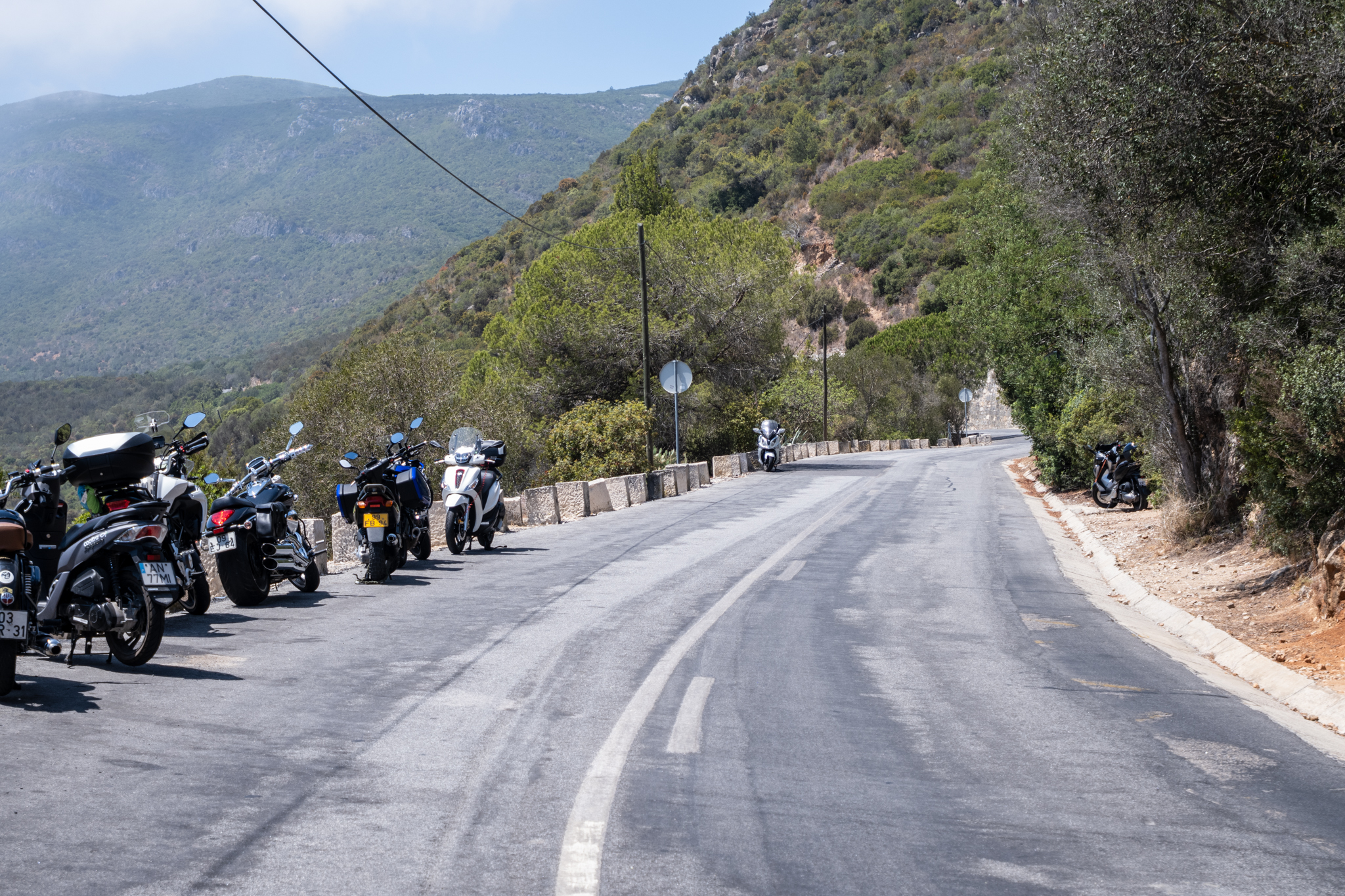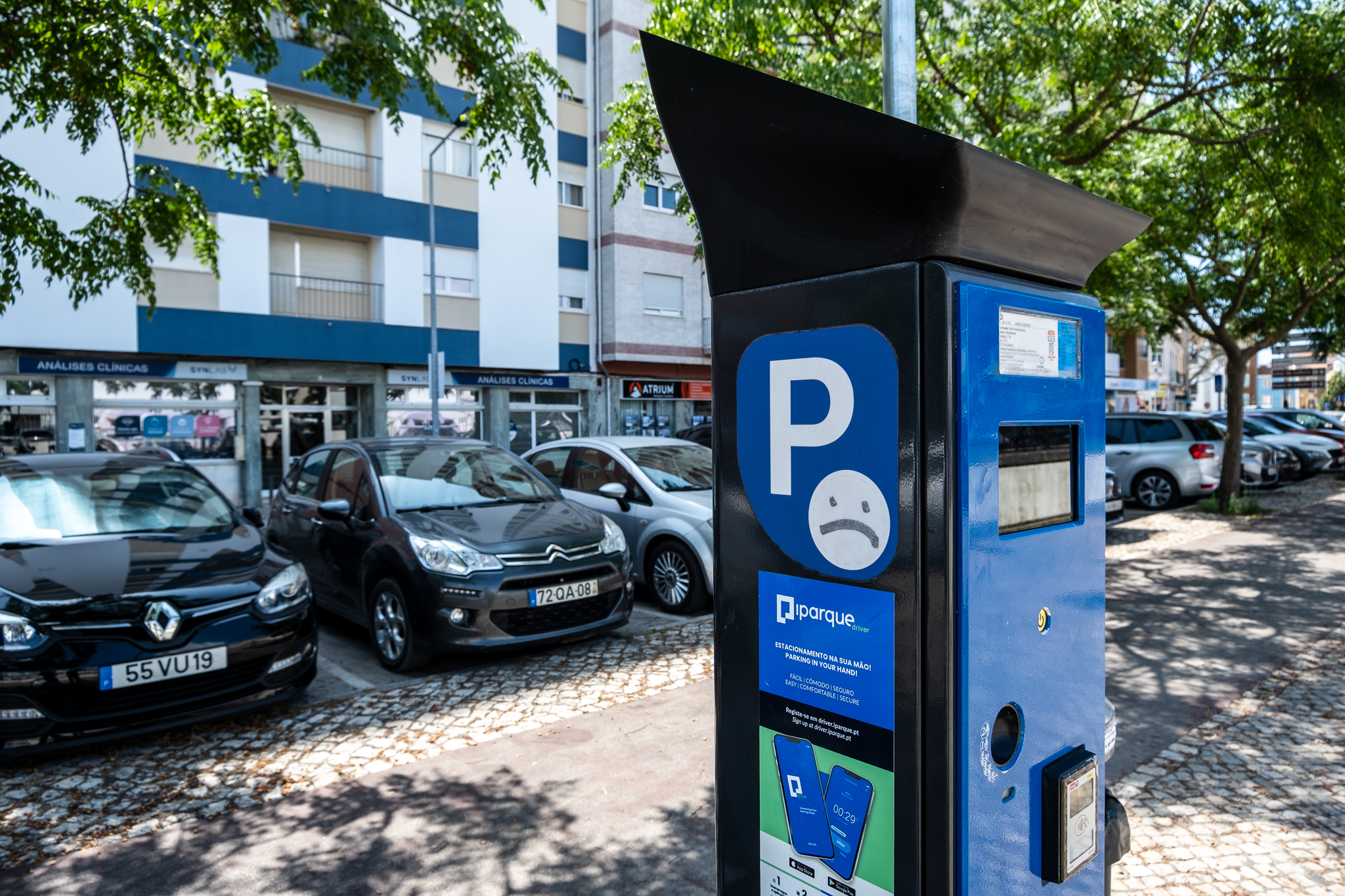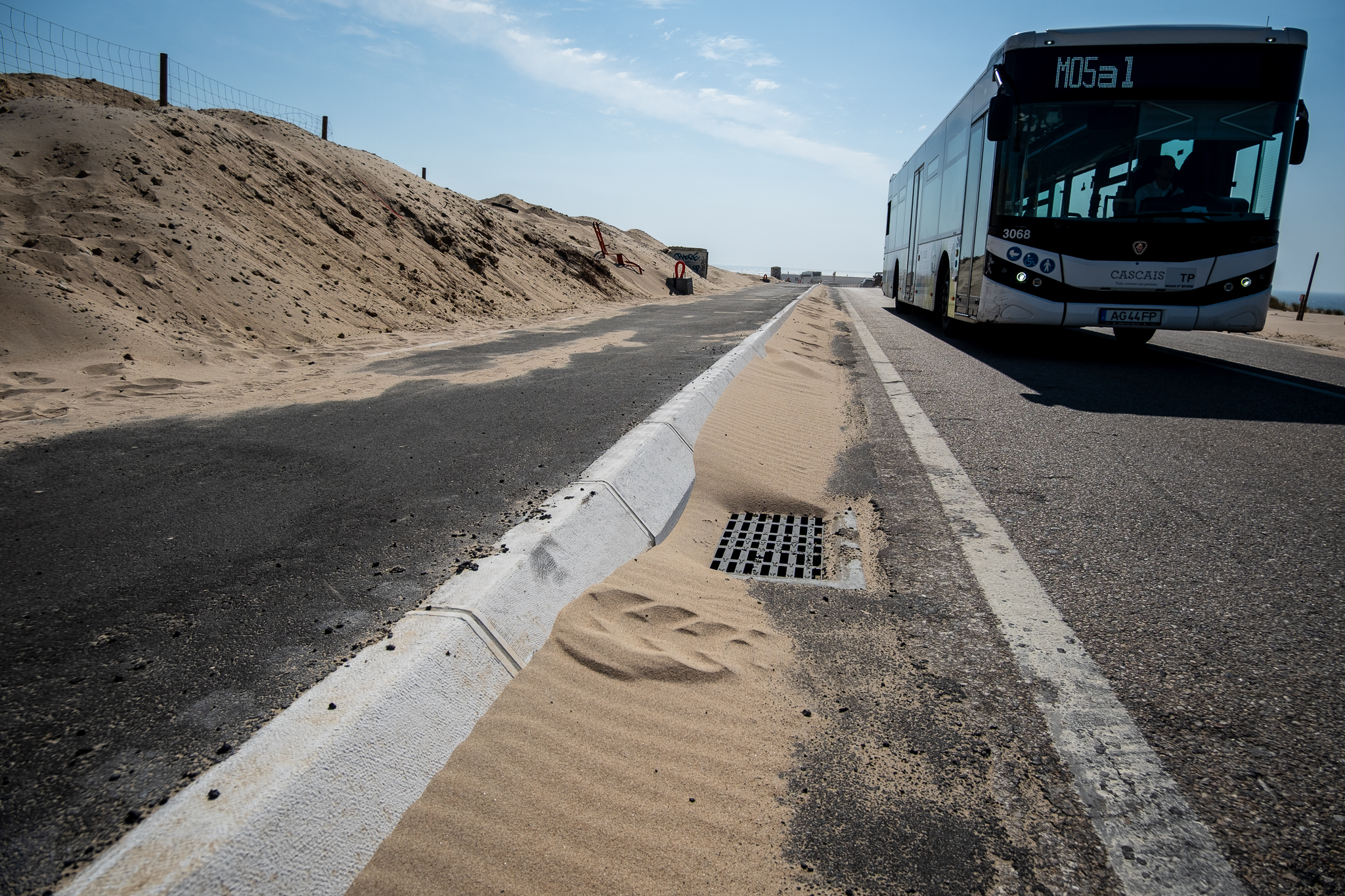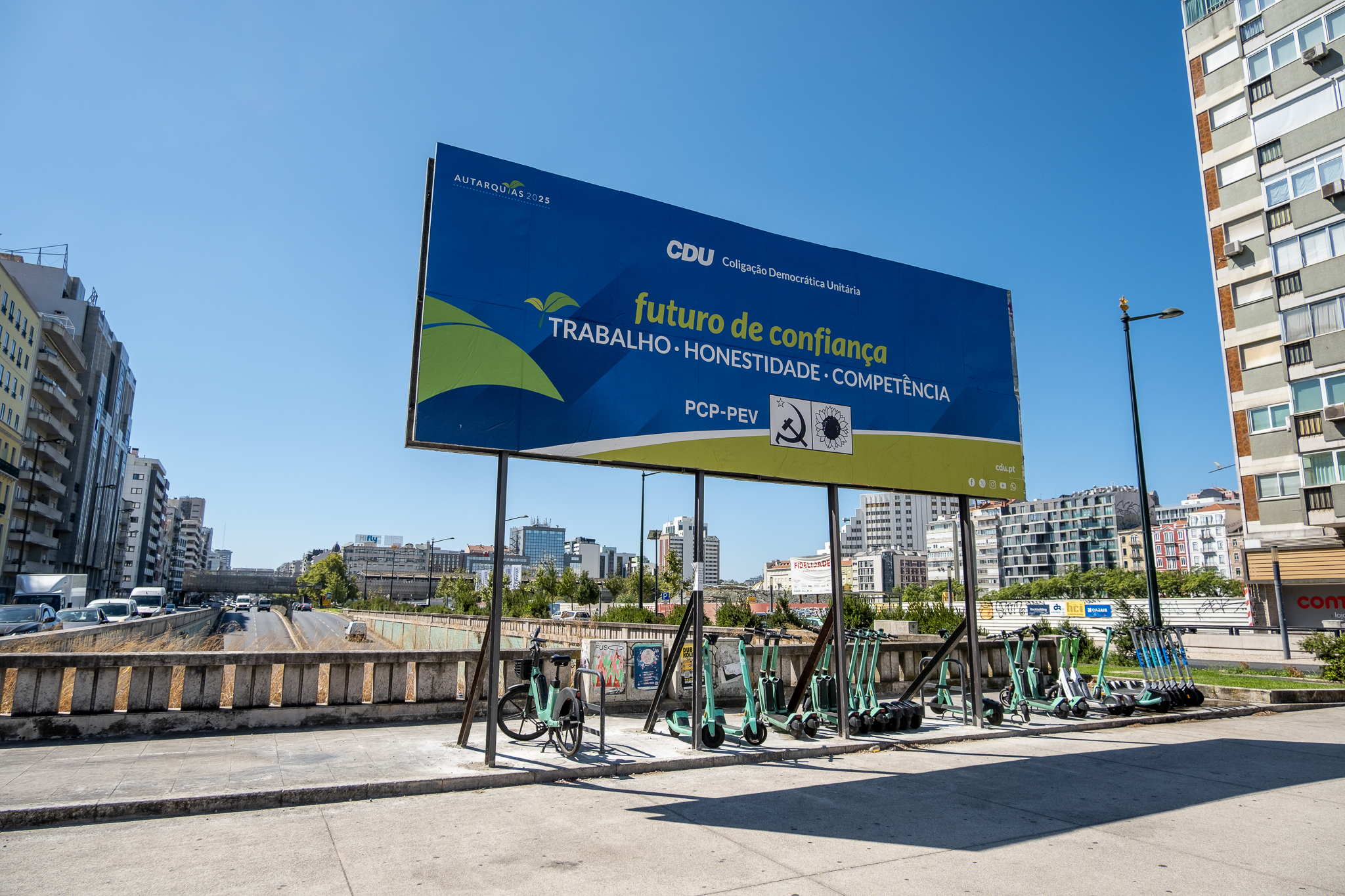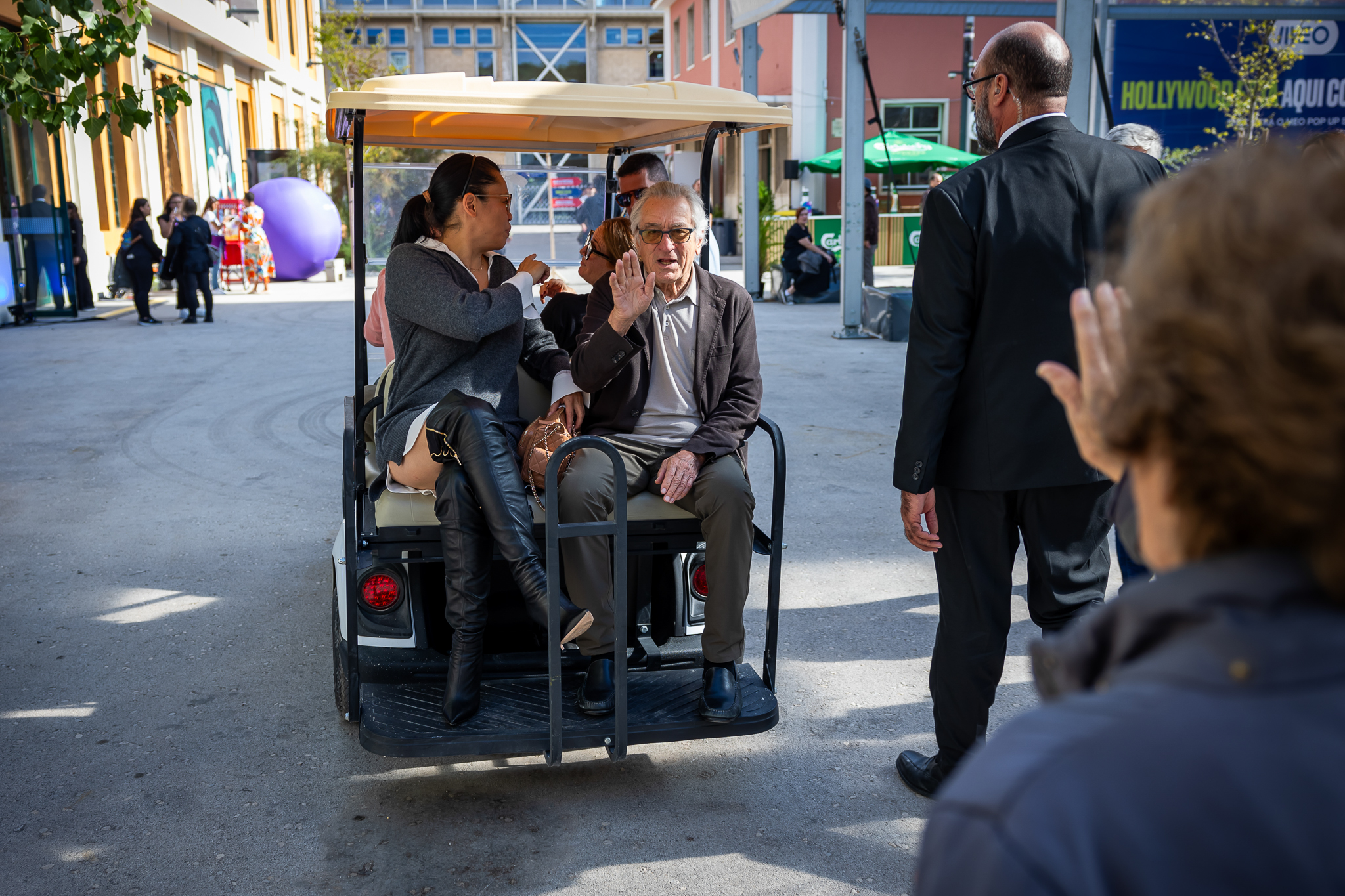The Arrábida Without Cars program is in place for the fifth consecutive year. Criticized at first, it has become a unique example at national level and a success story. Now it seems that no one wants Arrábida as it was before and there are those who ask that the initiative be extended in time and space.

Those who frequented the beaches of Arrábida before 2018 say that the queues of cars in the Serra were extensive at certain times of the day, making it difficult for emergency vehicles to access, and that informal parking on the roadside prevented the circulation of vehicles. The program Arrábida Without CarsThis project, originally implemented that year by the Setúbal City Council, solved some of the mobility and safety problems experienced during the summer in Arrábida and, after initial criticism, has become a unique national example and a success story.
This is the fifth consecutive year that the Arrábida Without Cars is implemented. From June 10 to September 18, car traffic is restricted in various parts of Arrábida, which does not mean that the entire Serra is closed to cars. In fact, traffic is closed only to access to four sections of the road that runs along the entire Arrábida coast bathing area from Setúbal city center and takes on different designations. The most significant cut-off is between Figueirinha and Creiro beaches; it is possible to drive to each and park in their respective car parks, but the restriction on traffic between the two beaches - halfway along the coastal road - creates a small disincentive to car use. At the same time, this cut means that the intermediate beaches of Galápos, Galapinhos, Coelhos and Anixa can only be accessed by public transport, on foot, by bicycle or by taxi/TVDE.
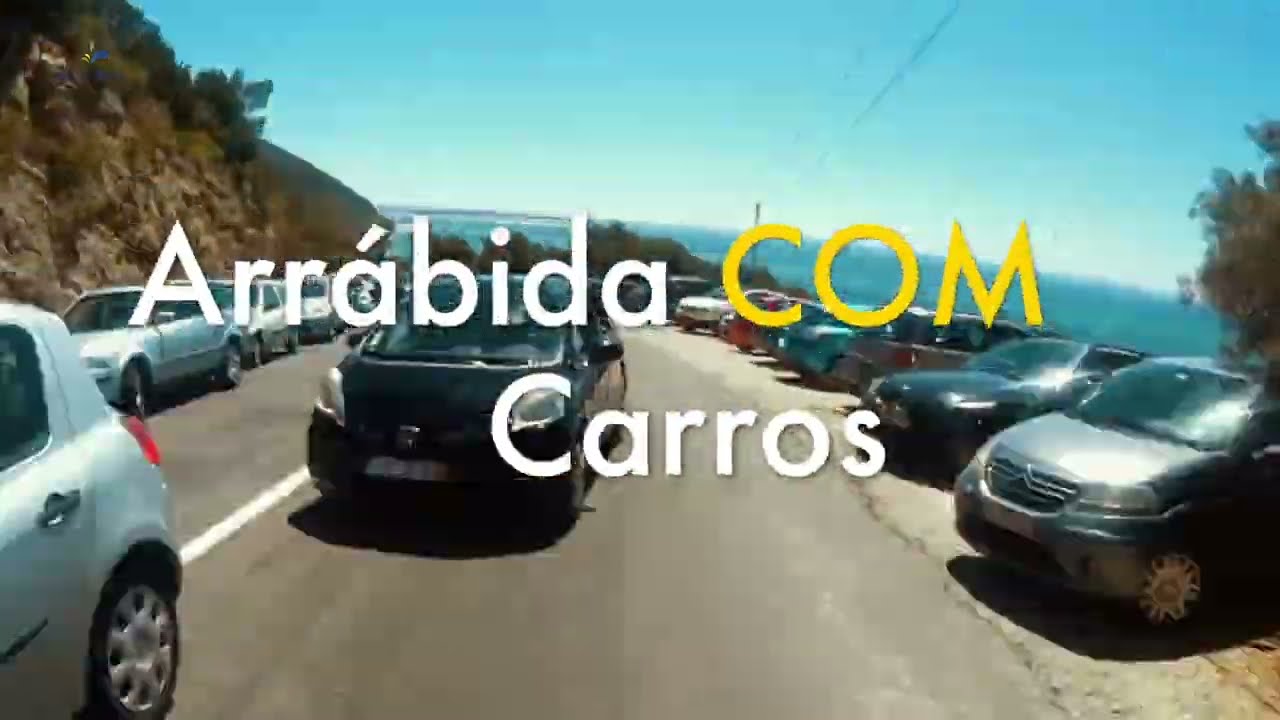
The second section cut off is the road from the coastal road that approaches the sea, giving access to Portinho da Arrábida. Here only residents of Portinho and Alpertuche (the name of a nearby area) can access. The other two sections cut are the accesses to the beaches of Albarquel and Creiro. In other words, it is possible to reach these beaches by car and park in the respective parks, but it is not possible to drive down to the beach, and it is necessary to walk the last few meters.
At the entrance to the cut-off sections there are physical barriers and/or PSP support to ensure not only that the restrictions are adhered to, but also that exceptions are secured. In addition to residents and traders being the only ones who can enter by car and park in the restricted areas (where there are exclusive parking pockets), access is also allowed to motorcycles, cabs and TVDEs, loading and unloading vehicles, Carris Metropolitana buses that provide transportation to the beaches and, of course, soft modes such as pedestrian, bicycle and scooters. People with reduced mobility have guaranteed access to beaches that have accessibility conditions.
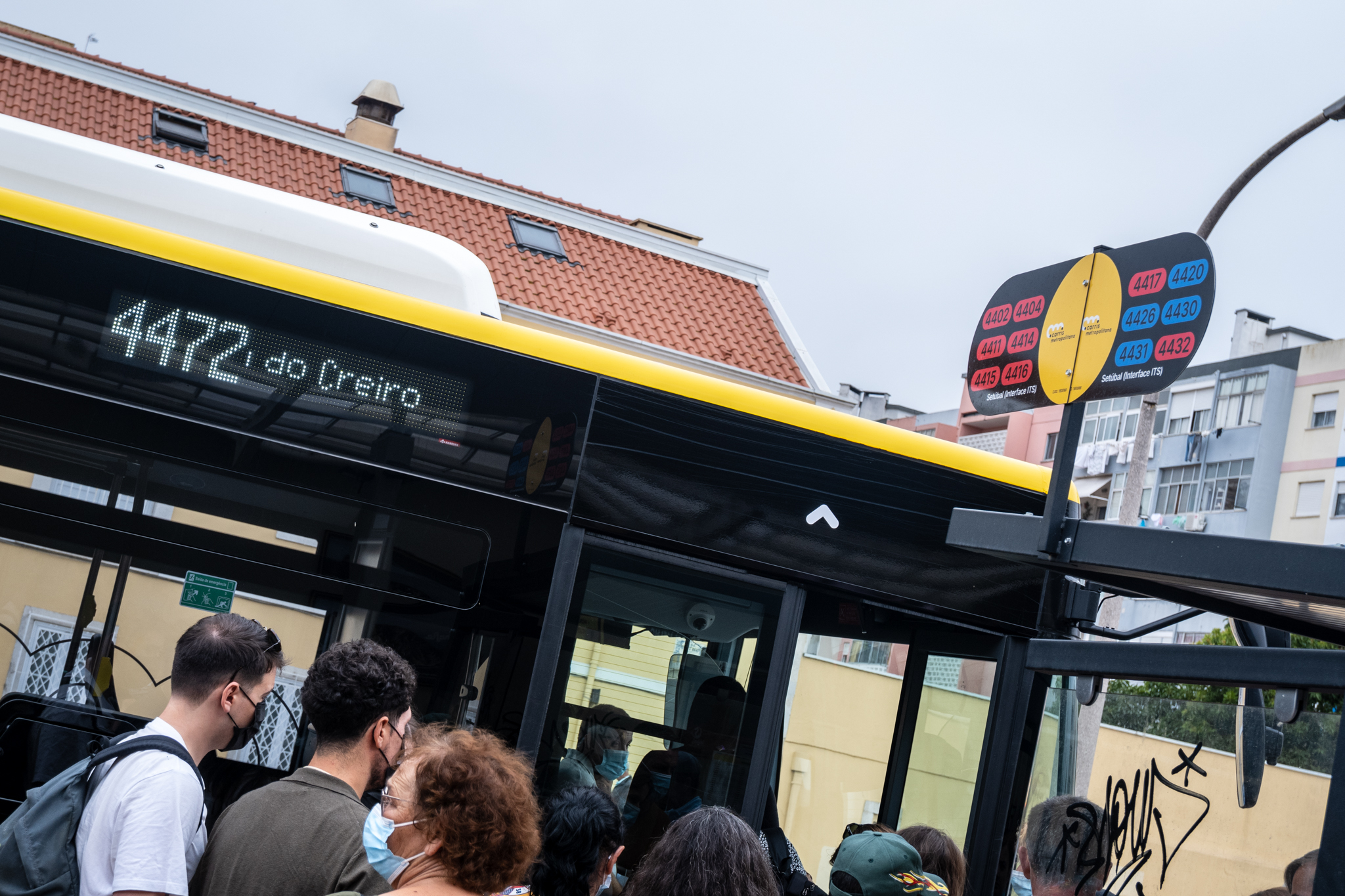
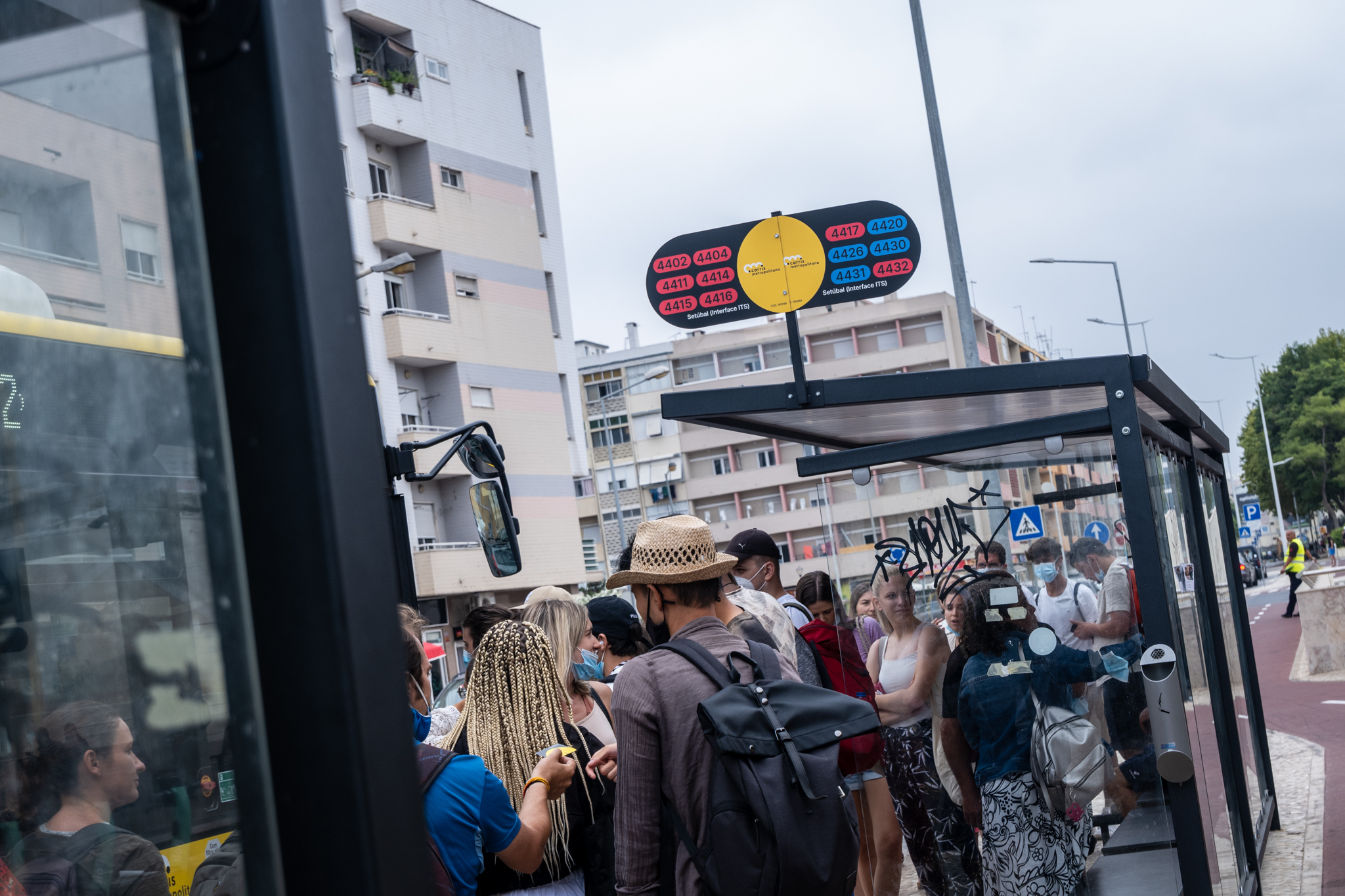
With parking charged in the parks next to the beaches (in Creiro the daily rate is € 4 and in Figueirinha between € 0.80 for an hour on a weekday and € 8 per day on a weekend), the public transport is presented as the main alternative for those who want to access the beaches of Arrábida. This year, the service is operated by Alsa Todi under the Carris Metropolitana brand, and there are four lines instead of the five originally planned: the 4470 (former 727) serves the Azeitão area and ends at Creiro beach; the 4472 (former 723) connects the Setúbal Transport Interface (ITS) also to Creiro beach, with stops at all the other beaches; the 4474 starts from the Alegro shopping center, where there is free parking at the service of the beaches, and goes as far as Figueirinha; and the 4471 is a circular line connecting Avenida Luísa Todi and Albarquel beach; a circular line running along all the beaches was planned (the former 722) but for some reason it was never launched.
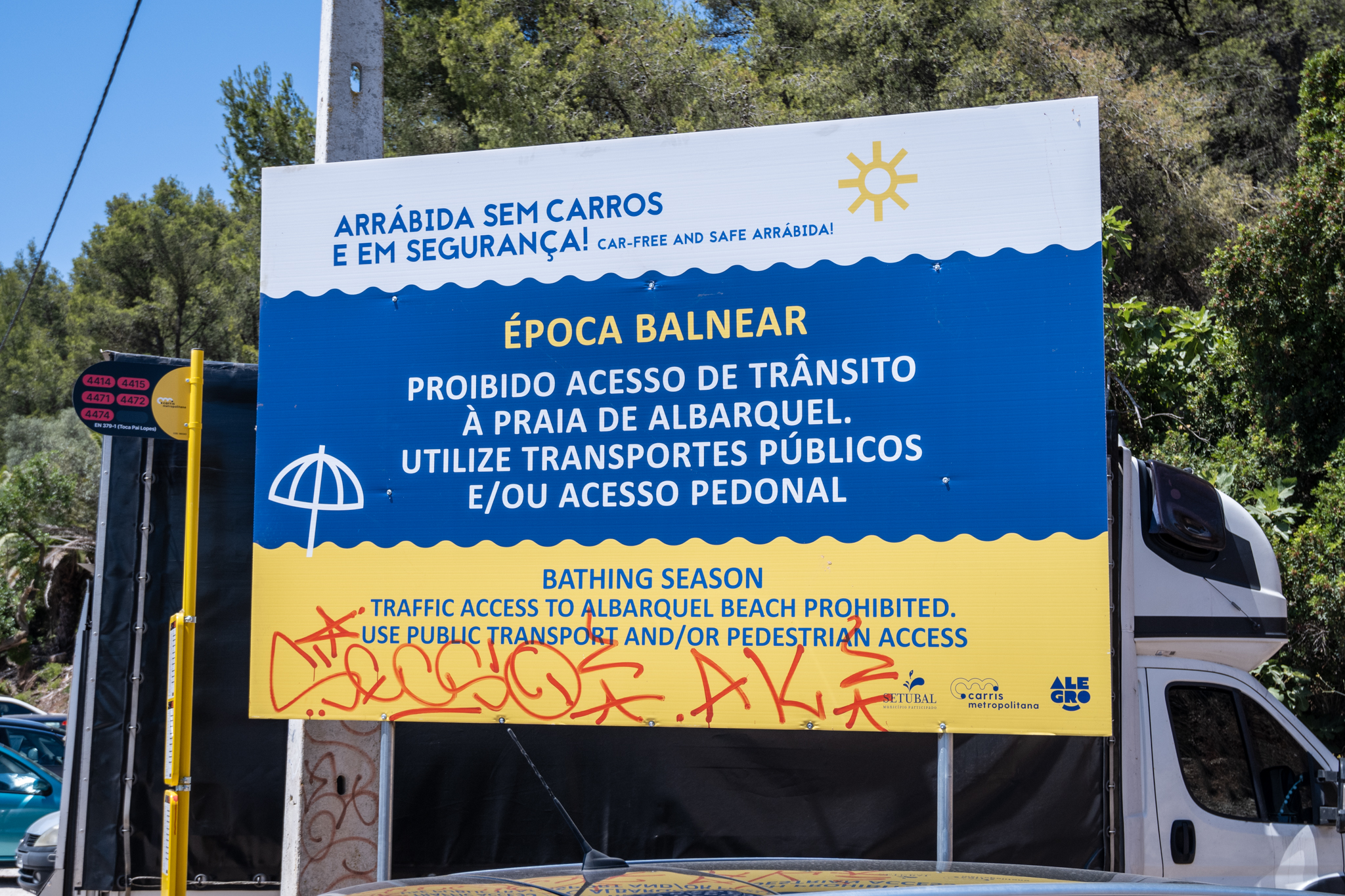

The different lines of Carris Metropolitana that serve the beaches generally operate between 9 am and 8 pm and have frequencies of 15 to 30 minutes in the months of greatest demand - depending on the line. The exception is for line 4470, which has a morning departure and another at lunchtime from Brejos de Azeitão, and a lunchtime departure and another at the end of the day from Creiro, seeking to serve the habits of bathers. All these lines operate with the usual Carris Metropolitana fare and Navegante passes; a single journey, bought in advance by zapping, costs €1.55.
During the 2021 bathing season, TST (the former operator) buses serving the beaches will have carried 182 thousand passengers, according to data presented by the municipality of Setubal. The most sought-after routes were the old 723 (now 4472) and 722, with 76.8 thousand and 74.4 thousand circulations, respectively. Despite the demand for the 722, this route was not recovered by Carris Metropolitana. The Setúbal City Council estimates that the 182 thousand passengers transported corresponded to 61,000 fewer trips by individual transportbased on an average number of occupants/vehicle of 3 persons, and the issue of less than 313 tons of CO2 into the atmosphere. When you prepared the Arrábida Without Cars 2022In April, the municipality predicted a total of 18,500 trips during the current bathing season (you can consult the document below).
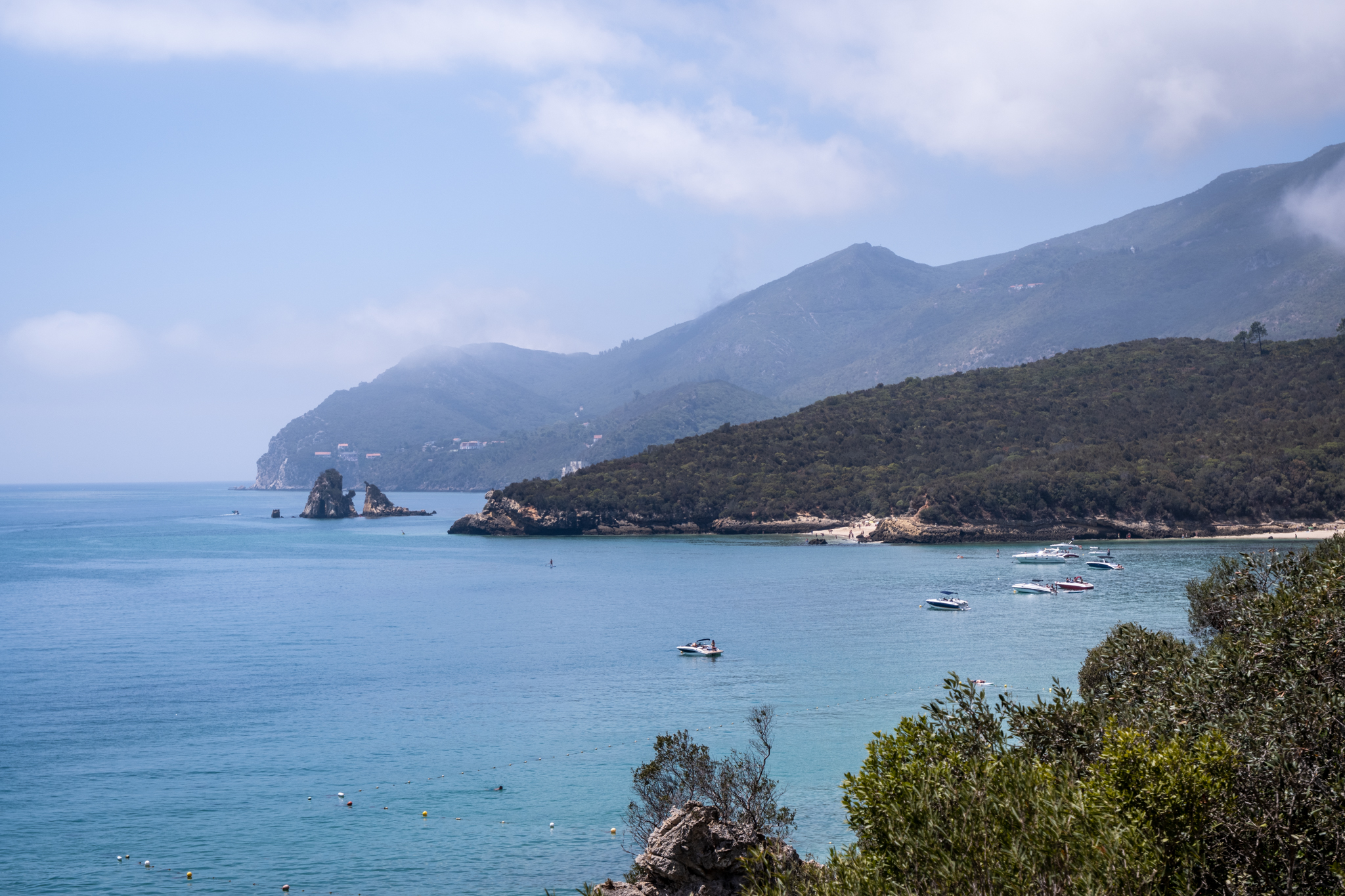
At the same time, the Setúbal City Council has developed some projects to improve pedestrian accessibility on the beaches of Albarquel and Figueirinha, creating ramps, placing walkways on the beach or installing public toilets; even so, there were ideas that remained in the drawer, such as the creation of a pedestrian connection solution between the west end of the Albarquel Urban Park and the respective beach; or a cycle path with an urban requalification of the EN379-1, also serving the beaches.
O Arrábida Without Cars has changed over the years. The access road to Creiro became a conditioned section, and there were no more shuttle connections (shuttle) that existed for some beaches. The parking lot of the Secil cement factory, which used to offer spaces for vacationers, is closed during this bathing season. It was from here that the 722 route left, connecting the beaches of Figueirinha, Galapinhos and Creiro, in a circular route. It was even planned to relaunch this line as 4453, with frequencies every 30 minutes.
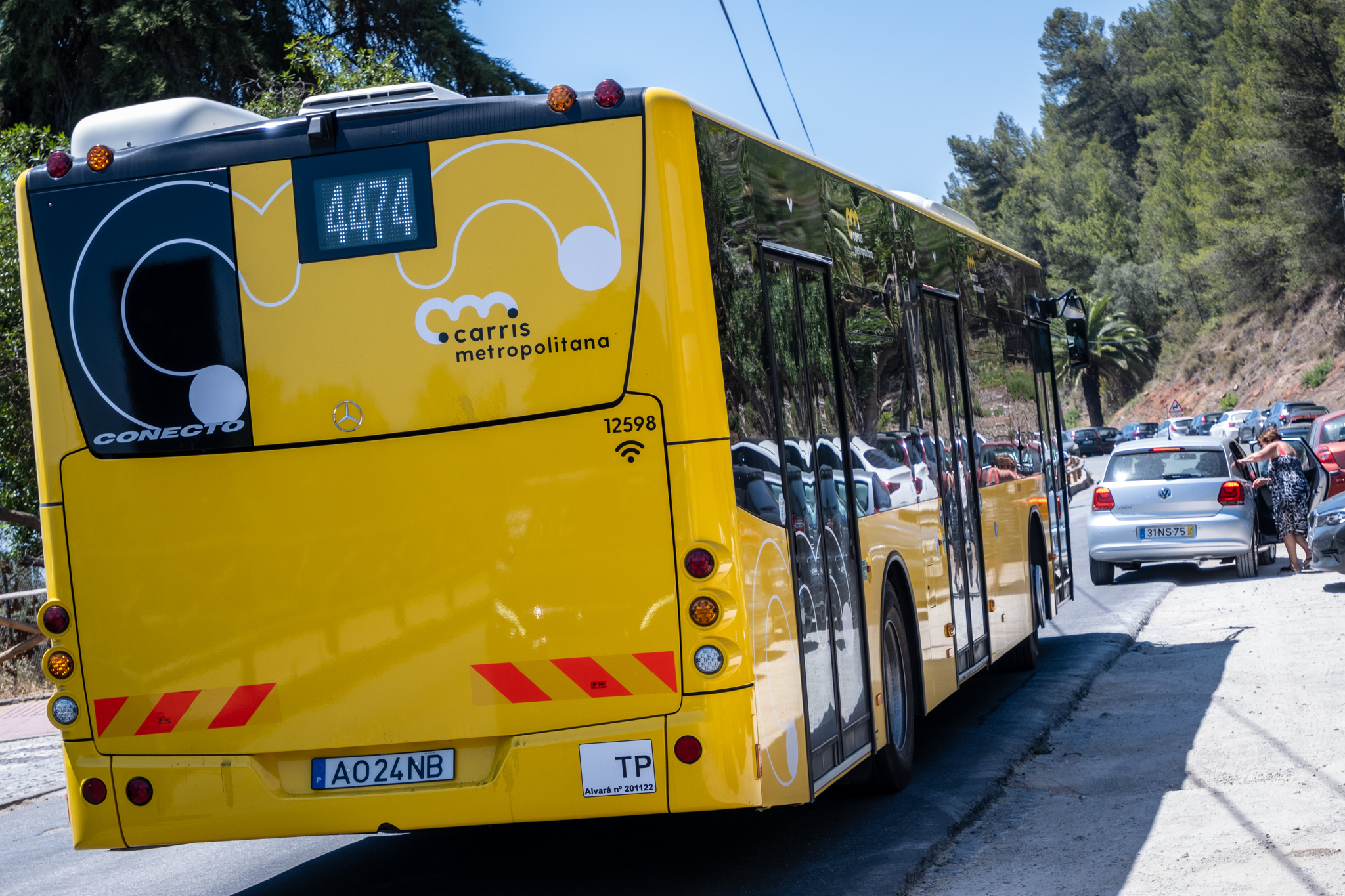
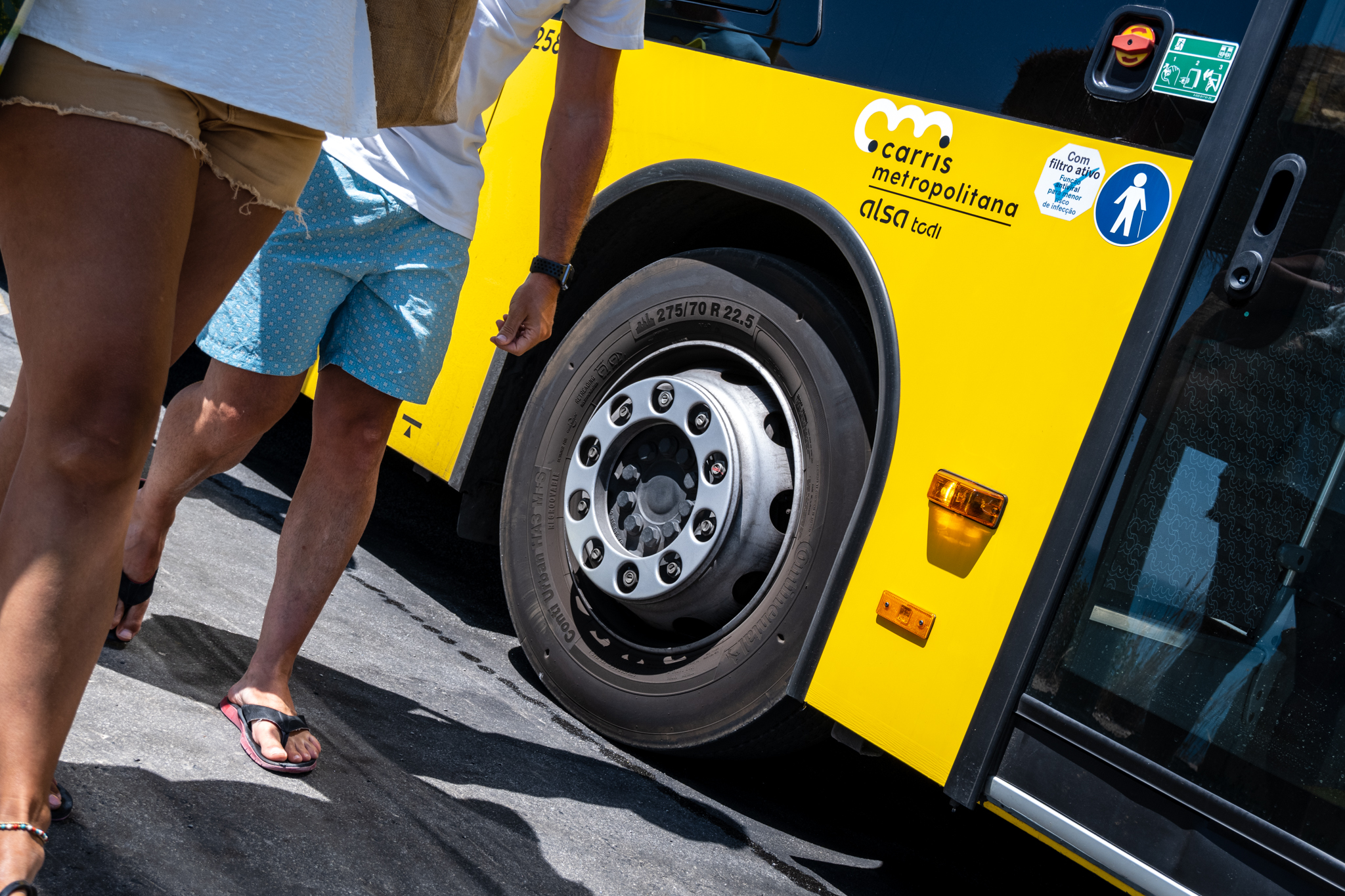

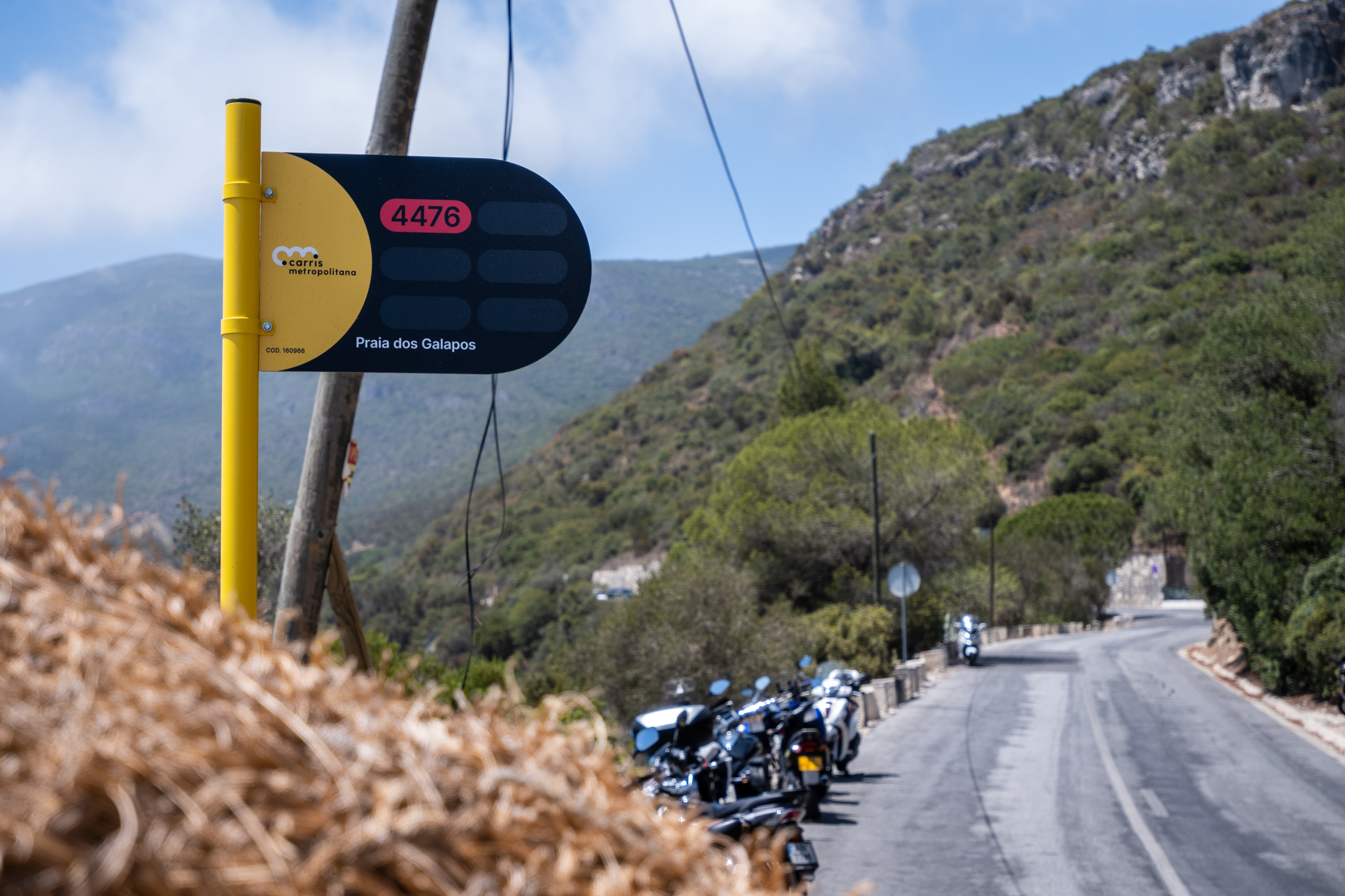
With the establishment of private cab operators in Setúbal in recent years, such as Uber and Bolt, with XL options (six-seater vans), the Arrábida Without Cars has also become an opportunity for drivers serving these tech apps, who will earn extra income by charging dynamic fares due to high demand.. Those who want to go by car anyway can check on the city's panels if there are vacant spaces in each of the main parking lots, information that is also available in a parking lot. mobile app call Arrábida Beaches (Android only).
Not everything is perfect in this initiative. Despite not being allowed by signage and the Setúbal City Council promising enforcement, the truth is that abusive parking remains a reality along some parts of the bathing road, mainly on roadsidesThe pressure of parking is also felt in the city of Setúbal, where some people will leave their cars on sidewalks and other inconvenient areas, avoiding paying parking meters and opting for Praia de Albarquel, close to the urban fabric. Enforcement of this abusive parking does not seem to exist or is not effective. At the same time, the 4472 line will be one of the most popular, judging by the queues at the ITS stop at the beginning of the day or at the beaches at the end of the day; despite the promised frequency of every 15 minutes (which is not always the case), the buses run full and some passengers have to wait for the next one (would it be worth increasing the frequency?).

Popularly contested at first, the program Arrábida Without Cars has proved to be a success, despite its flaws. If it solved parking by preventing it in a wide stretch between the beaches of Figueirinha and Creiro, it pushed it to other areas of Arrábida; there are now those who risk saying that the initiative should be extended in time, operating on all weekends of inviting beach weather, or even in spaceThis would mean that more sections would be closed, for example from the city of Setúbal right at the start of the Serra (in which case it would no longer be possible to reach Albarquel or Figueirinha by car). At the moment, the daily restrictions on traffic and parking operate between 7am and 8pm, in general, on the different sections, only in the high season, from the beginning of June to mid-September, and it is planned that, if necessary (for example, because of a prolongation of the hot weather), the measure will be extended until the end of that month - it has already happened in previous years.
According to the Setúbal City Council, the Arrábida Without Cars is aligned with the three Local Climate Change Adaptation Plans (LCAP) that the municipalities of Setúbal, Palmela and Sesimbra are developing for Serra da Arrábida.This is an important measure for adapting to climate change, since restricting private car access and giving priority to access to beaches by public transport is an important measure for adapting to climate change. But, not to forget, the program also came about for a very practical motivation: to solve the problem that was occurring in terms of circulation and car parking in the Serra, which hindered the efficiency of essential services, namely the provision of aid to people. At the same time, the measure seeks to safeguard the natural heritage of the Serra and allows the prevention of rural and forest fires. Everyone seems to gain from an Arrábida without with less cars and safer.
